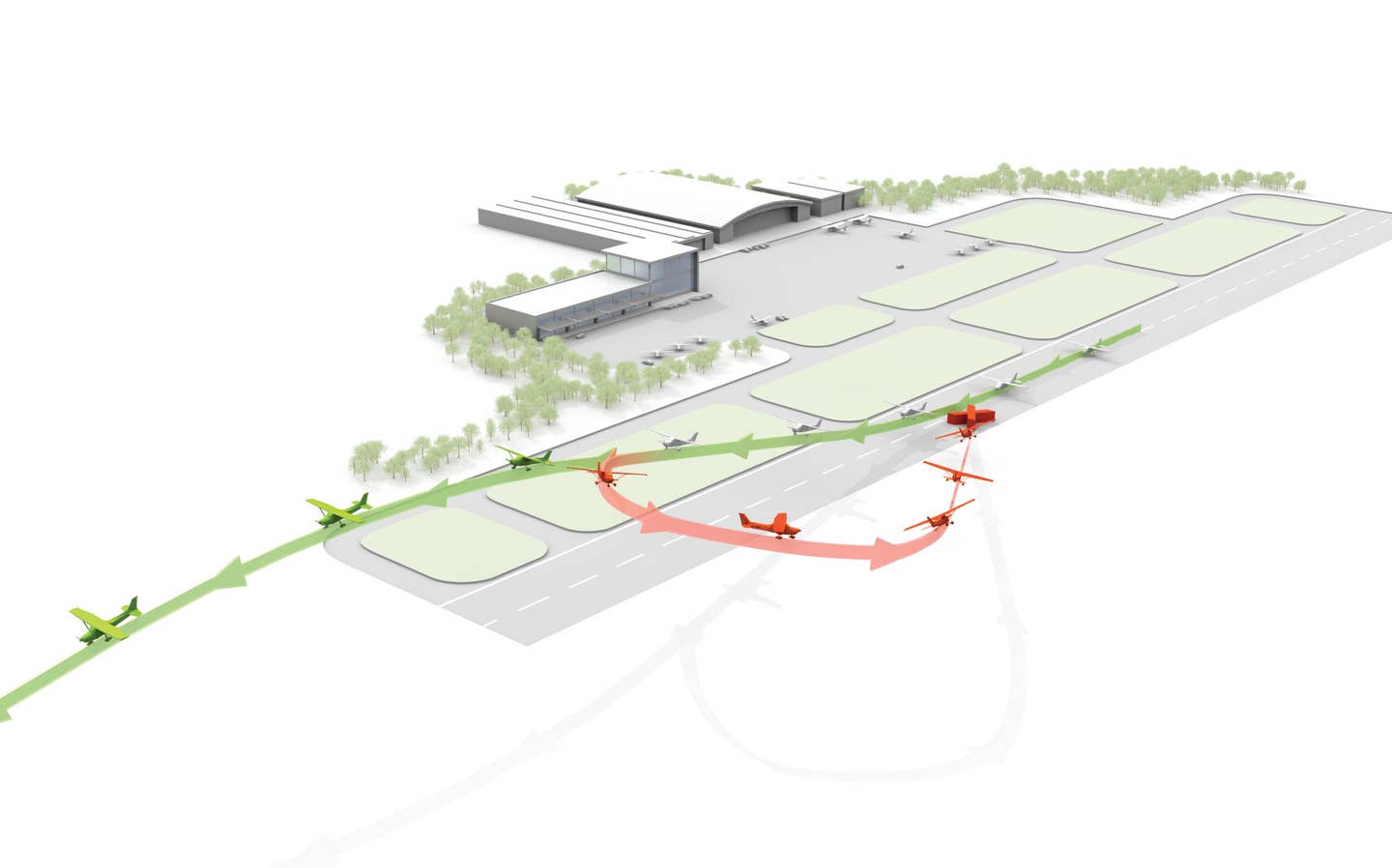
Learn how to deal with loss of engine power after takeoff. Illustration by Bryan Christie Design
When you took the exam to get your pilot certificate, you were asked questions that perhaps did not relate to the realities of everyday flying. You got the written test out of the way and promptly forgot the stuff that didn’t seem important.
Now, with new test standards due out soon, there’s a solid link between the bullets of info needed for the knowledge exam and the skills required to pass your check ride — and elements of both that make you a competent pilot. How did this happen?
Four years ago, the FAA brought together members of the training industry, advocacy associations (such as the Aircraft Owners and Pilots Association) and instructor groups (NAFI and SAFE) to evolve the way we assess pilots. The outcome is the soon-to-launch Airman Certification Standards (ACS), which will replace the Practical Test Standards for each certificate and rating, and improve upon the knowledge test’s learning statement codes. Both the knowledge exam and the check ride cover the same areas — and now it should be a little more obvious that they do.
We’ll show you how this works by example. In this series, we focus on the areas that prove the toughest for aspiring pilots — and strive to help you in your real-world flying after you’ve aced the check ride. We’ll look at areas that brew the most failures on the check ride itself. We’ve polled examiners and instructors who are currently giving check rides to ensure we’re covering topics you may find the most challenging.
One of the most critical areas examiners test on a check ride is emergency procedures. While new pilots consider landings to be among the toughest maneuvers, the takeoff holds more hazards — and we see this reflected in accident reports. A pilot loses engine power after takeoff and cannot cope with the situation. The pilot either tries to turn back or gets caught in the panic of the moment and lets the airplane stall. No matter which way it ends, this failure to cope inevitably ends badly.
However, the new way of testing gives us a road map for handling the situation with grace and competence. Instead of rote memorization of a single checklist, pilots should master several concepts along with the elements of skill that come into play.
In order to deal with an engine failure after takeoff, you need to cover the following elements:
Preflight planning: You must assess aircraft performance, airport conditions, runway parameters, the surrounding environment, and the wind and weather.
Before-takeoff checklist: Your emergency briefing will be part of this on every flight in order to make the grade.
Loss of thrust on takeoff: The main event can be practiced both in flight with an instructor and in virtually any kind of flight simulator at every altitude and configuration until it becomes a low-panic situation. For the practicalities, let's take a deeper look at each element below.
PREFLIGHT PLANNING
You normally fly a single model of airplane during your initial flight training, or perhaps you transition once along the way. Still, it’s easy to get complacent regarding your understanding of how the airplane will perform when it feels like you know it so well. What happens when you get a heavier passenger, for instance, or you have a different fuel load than you’re used to? Problems determining the proper weight and balance calculations crop up during check rides, according to the instructors we polled. What about flying from a different airport, or from a wet or slick runway? Failing to consider changes in a standard profile can lead pilots astray on takeoff — and compounds the problem if an emergency occurs.
BEFORE-TAKEOFF CHECKLIST
New pilots stay fairly methodical when it comes to preparing the airplane for flight, easily running line by line down the printed checklist. But you’re just reading through the checklist if you don’t deliberately pause at each item — and this can lead you to rush your way into the sky. If you’re going through the motions but not really seeing what you’re looking for, completing the checklist is just a wasted exercise. For emergency procedures when there isn’t time to consult the checklist, you need to have crucial action items memorized.
LOSS OF THRUST ON TAKEOFF
Entire articles cover the nuances of the so-called impossible turn. Actually, what examiners look for on your check ride is your understanding of the main problem in such a scenario. If your engine loses thrust on the runway, you need to take immediate actions to get stopped on the remaining asphalt. But if that loss of power comes in the climb, you’ve gone from piloting an airplane to a glider, and your understanding of aerodynamics must be correct. Your first, most important move is to preserve control by pitching for the right glide airspeed and pointing the airplane at the most forgiving surface in front of you. Your examiner wants to know that you get this and that you have the airplane under control — not that you have mastered low-altitude steep turns.

Subscribe to Our Newsletter
Get the latest FLYING stories delivered directly to your inbox






